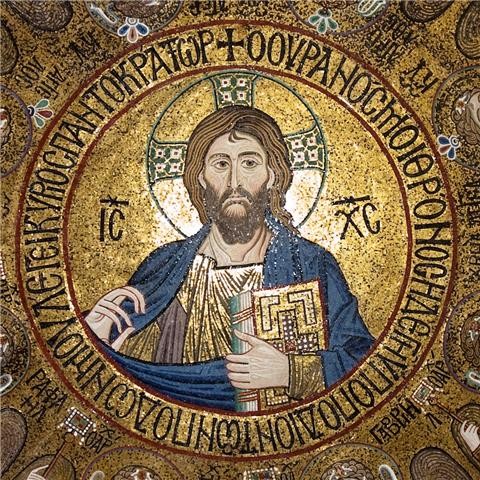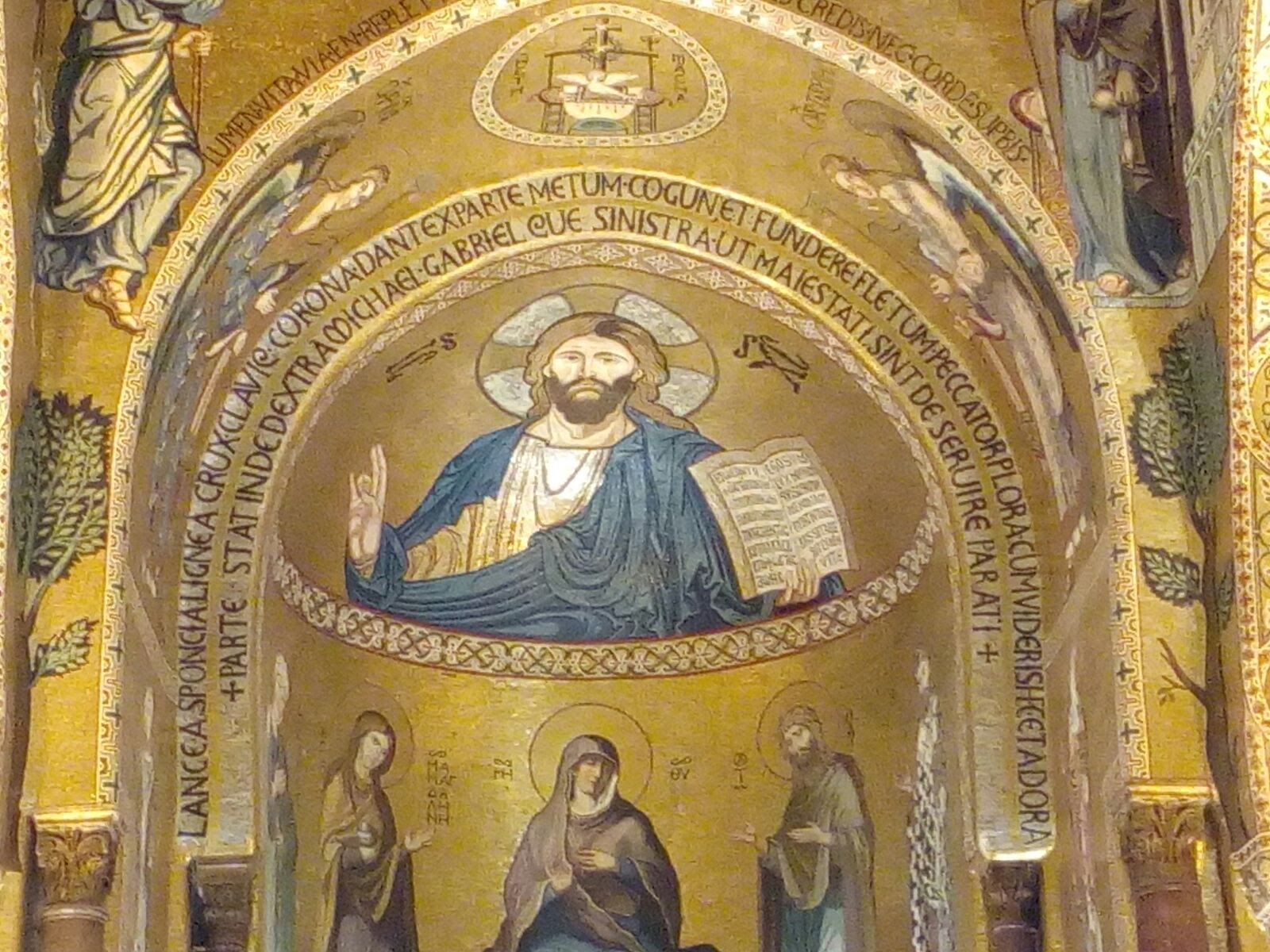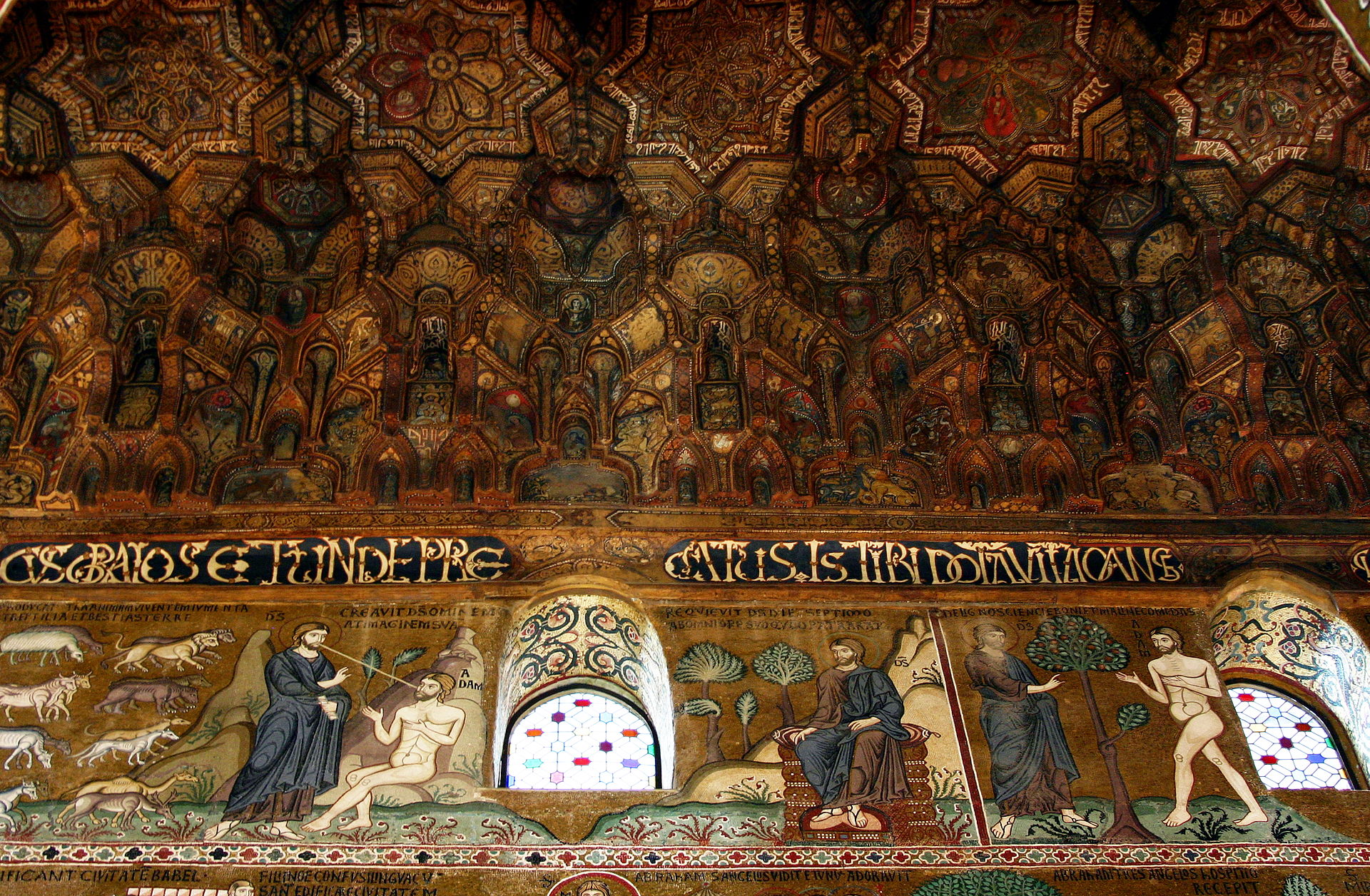 A pinch of Byzantine, a sprinkling of Norman and a hanful of Bourbon.
A pinch of Byzantine, a sprinkling of Norman and a hanful of Bourbon.
These are just a part of the main ingredients for the construction of one of the monuments of the World Heritage Site (UNESCO), it is part of the Arab-Norman Palermo and the Cathedral Churches of Cefalù and Monreale: the Palatine Chapel!
History
The building of the Palatine Chapel, which means "chapel of the royal palace", would date back to the coronation year of King Roger II of Sicily, in 1130. It was built as a private oratory of the king inside the royal palace, today Palace of the Normans, the chapel was secluded and so you could see only the outer walls. Currently the chapel is completely enveloped by the structures of the building. It arises in a moment of great creativity, in which a lot of different origins and sensitivities artists worked together and the result was a masterpiece within the tolerance policy was recognizable, adopted by Roger II. The king shows us how the Eastern and Western European cultures met here. But no only, because, observing carefully the floor, it is possible to see some mosaics, made of precious stones, typical of Arabian culture.

The mosaics and the Christ Pantocrator
Its interiors are one of the highest examples of integration between architecture and visual arts. The richness of the decorations is impressive, in particular that of the Byzantine mosaics, considered among the most important in Sicily, which cover all the upper walls of the naves. The walls, the arches, the intrados, the dome, the presbytery are covered with mosaics showing the Genesis, the lives of Christ and the Apostles Peter and Paul, saints, angels and prophets, in a triumph of light that comes from millions of golden cards. The most important is Christ Pantocrator blessing, inside the dome. The wooden ceiling of the central nave is also decorated with carvings and paintings of Arabian style (muqarnas). In each segment there are wooden stars with representations of animals, dancers and scenes of life of the Islamic court and of the Koranic paradise.

Curiosity
The inscriptions, which we find on the walls, are both in Latin and in Greek. This indicates that, in this small chapel in the time of Roger II, the two religions were balanced and that the celebrations were officiated both in Greek and in Latin.
Contacts
It is possible to know the visiting hours and the cost of the ticket through the official website of the Palatine Chapel, or in the section dedicated to tourism on the website of the city of Palermo. You can take a virtual tour of the chapel, comfortably seated, but I recommend you to not miss the opportunity and you visit it physically as you will be fascinated.




